Question:
Male, 7 months old, unknown subtype
He has a cough, congestion, and I have the humidifier with Vicks vaporizer going and been using the nose sucker by Frida to help clear his airway. But I’m so worried at night especially knowing now he has sleep apnea. He’s having a hard time breathing. I really can’t sleep worried about him. Any advice?
Nurse Lynn’s Response:
Since individuals with PWS have low muscle tone, it can make it harder for them to clear mucus, increasing the risk of respiratory infections. If you’re ever unsure, trust your instincts and seek medical help.
When to Go to the ER Immediately
- *Lips or fingertips turning blue or pale
- *Pauses in breathing (apnea episodes longer than usual)
- *Severe retractions (ribs or belly moving dramatically with each breath)
- *Breathing rate over 60 breaths per minute consistently
- *Extreme lethargy or unresponsiveness
Given your son’s age and having PWS, it’s important to be extra cautious about respiratory infections. Below are key signs to watch for pneumonia or RSV (Respiratory Syncytial Virus).
Pneumonia is a lung infection that can cause difficulty breathing and requires medical attention. Watch for:
- Fast breathing – Over 50 breaths per minute (count when he’s calm).
- Retractions – Skin pulling in around ribs, above the collarbone, or belly moving more than usual with each breath.
- Wheezing or grunting – A whistling or grunting noise when breathing out.
- Fever –for more than 2 days, or any fever if he’s very lethargic.
- Cough worsening – If his cough gets stronger or wetter over time, especially with yellow or green mucus.
- Pale or blue lips/nails – Indicates oxygen levels are dropping (seek emergency help immediately).
Signs of RSV (Respiratory Syncytial Virus)
RSV is a common but serious respiratory virus for babies with PWS because of low muscle tone and weaker cough strength. Symptoms include:
- Very stuffy nose – Thick mucus blocking airways (use saline drops and suction).
- Worsening cough – Starting mild but becoming deep and wet.
- Fast, shallow breaths – More than 50-60 breaths per minute.
- Flared nostrils or retractions – Signs of increased effort to breathe.
- Feeding difficulties – If he’s too congested or tired to eat.
- Lethargy or irritability – Being much sleepier or fussier than usual.
- Wheezing or crackly breathing – A sign the lungs are inflamed.
- Apnea episodes worsening – If his sleep apnea seems more severe, seek medical attention.
Do you have a question for Nurse Lynn? Submit your question here:
Share this!
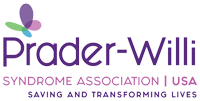
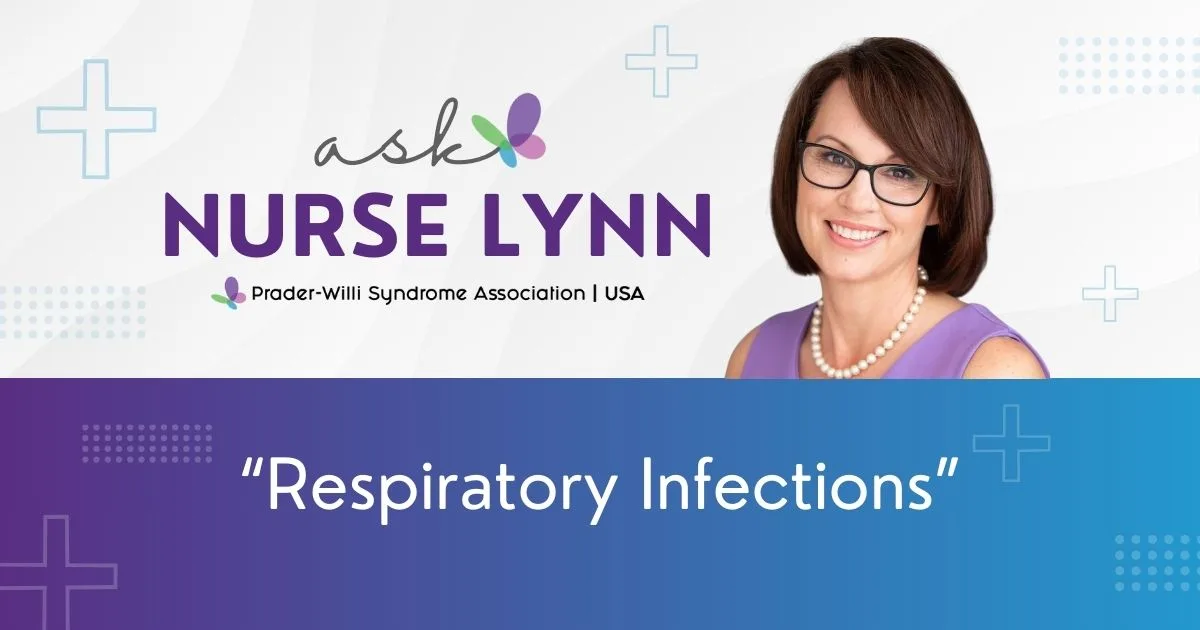
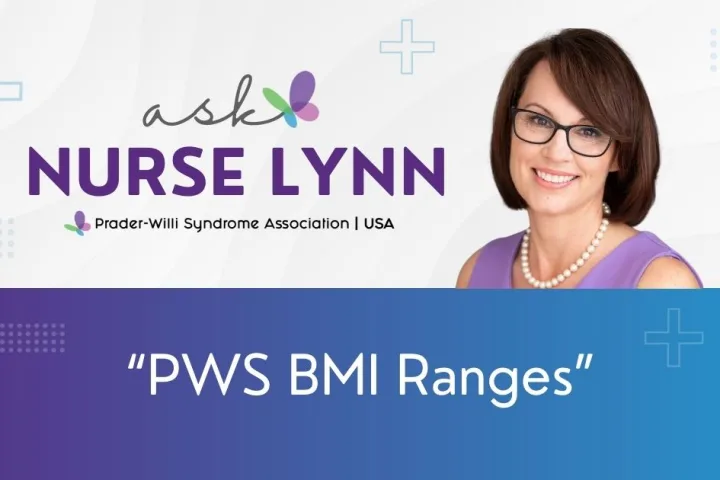
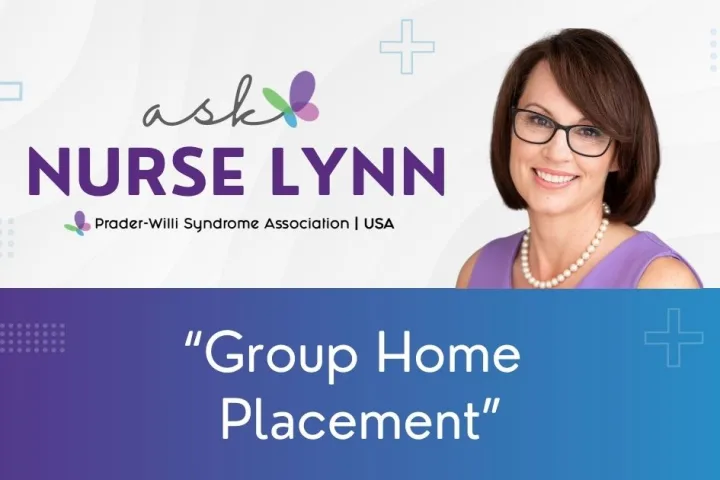
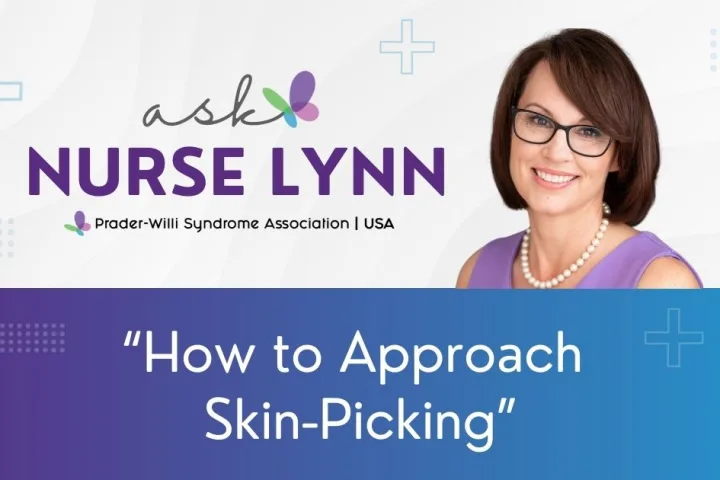
 Perry A. Zirkel has written more than 1,500 publications on various aspects of school law, with an emphasis on legal issues in special education. He writes a regular column for NAESP’s Principal magazine and NASP’s Communiqué newsletter, and he did so previously for Phi Delta Kappan and Teaching Exceptional Children.
Perry A. Zirkel has written more than 1,500 publications on various aspects of school law, with an emphasis on legal issues in special education. He writes a regular column for NAESP’s Principal magazine and NASP’s Communiqué newsletter, and he did so previously for Phi Delta Kappan and Teaching Exceptional Children.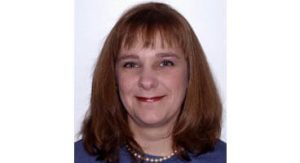 Jennifer Bolander has been serving as a Special Education Specialist for PWSA (USA) since October of 2015. She is a graduate of John Carroll University and lives in Ohio with her husband Brad and daughters Kate (17), and Sophia (13) who was born with PWS.
Jennifer Bolander has been serving as a Special Education Specialist for PWSA (USA) since October of 2015. She is a graduate of John Carroll University and lives in Ohio with her husband Brad and daughters Kate (17), and Sophia (13) who was born with PWS.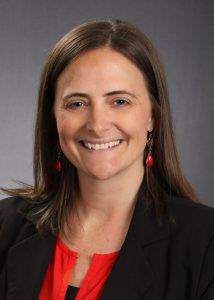 Dr. Amy McTighe is the PWS Program Manager and Inpatient Teacher at the Center for Prader-Willi Syndrome at the Children’s Institute of Pittsburgh. She graduated from Duquesne University receiving her Bachelor’s and Master’s degree in Education with a focus on elementary education, special education, and language arts.
Dr. Amy McTighe is the PWS Program Manager and Inpatient Teacher at the Center for Prader-Willi Syndrome at the Children’s Institute of Pittsburgh. She graduated from Duquesne University receiving her Bachelor’s and Master’s degree in Education with a focus on elementary education, special education, and language arts.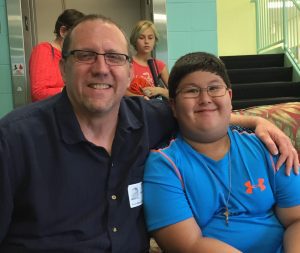 Evan has worked with the Prader-Willi Syndrome Association (USA) since 2007 primarily as a Crisis Intervention and Family Support Counselor. Evans works with parents and schools to foster strong collaborative relationships and appropriate educational environments for students with PWS.
Evan has worked with the Prader-Willi Syndrome Association (USA) since 2007 primarily as a Crisis Intervention and Family Support Counselor. Evans works with parents and schools to foster strong collaborative relationships and appropriate educational environments for students with PWS.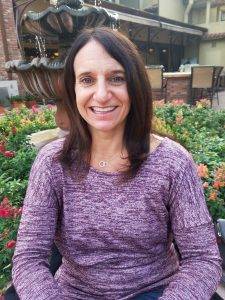 Staci Zimmerman works for Prader-Willi Syndrome Association of Colorado as an Individualized Education Program (IEP) consultant. Staci collaborates with the PWS multi-disciplinary clinic at the Children’s Hospital in Denver supporting families and school districts around the United States with their child’s Individual Educational Plan.
Staci Zimmerman works for Prader-Willi Syndrome Association of Colorado as an Individualized Education Program (IEP) consultant. Staci collaborates with the PWS multi-disciplinary clinic at the Children’s Hospital in Denver supporting families and school districts around the United States with their child’s Individual Educational Plan.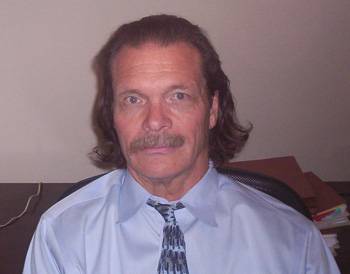 Founded in 2001, SDLC is a non-profit legal services organization dedicated to protecting and advancing the legal rights of people with disabilities throughout the South. It partners with the Southern Poverty Law Center, Protection and Advocacy (P&A) programs, Legal Services Corporations (LSC) and disability organizations on major, systemic disability rights issues involving the Individuals with Disabilities Education Act (IDEA), Americans with Disabilities Act (ADA), and the federal Medicaid Act. Recently in November 2014, Jim retired.
Founded in 2001, SDLC is a non-profit legal services organization dedicated to protecting and advancing the legal rights of people with disabilities throughout the South. It partners with the Southern Poverty Law Center, Protection and Advocacy (P&A) programs, Legal Services Corporations (LSC) and disability organizations on major, systemic disability rights issues involving the Individuals with Disabilities Education Act (IDEA), Americans with Disabilities Act (ADA), and the federal Medicaid Act. Recently in November 2014, Jim retired.